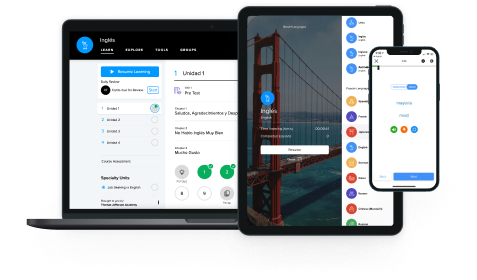Remember that Spanish subject pronouns are normally dropped, in which case you won’t have an explicit subject (like in the second example above.) However, if you wanted to use the pronoun for emphasis, you would still place it after the verb.
¿Adónde fuiste tú?
Where did you go?


